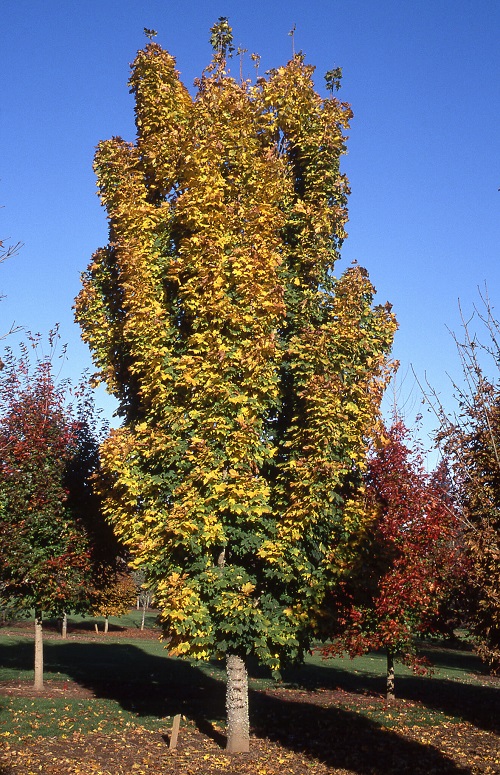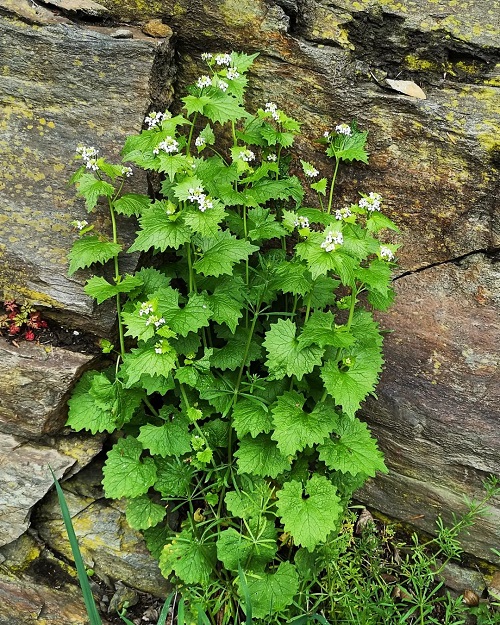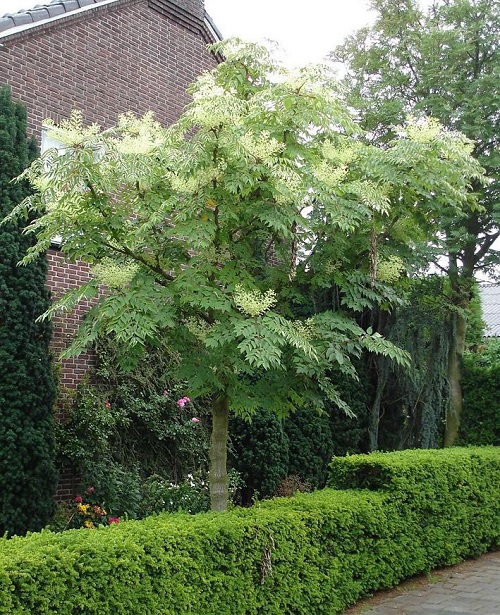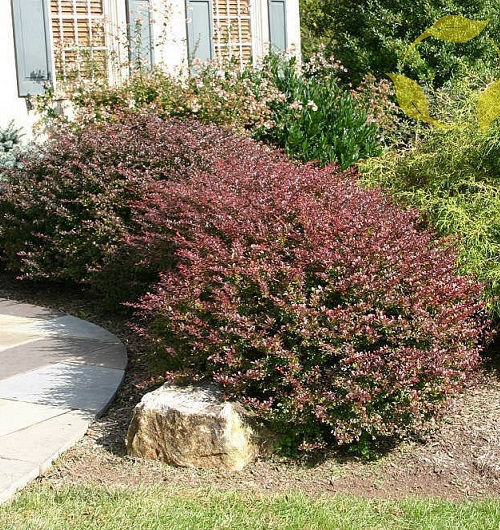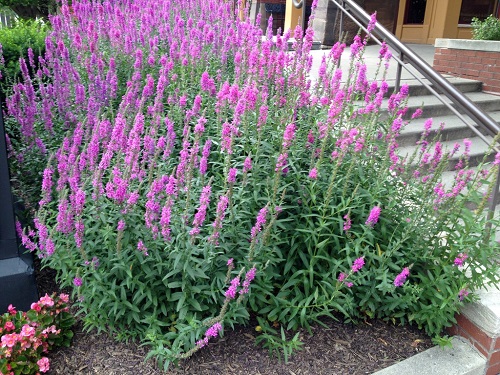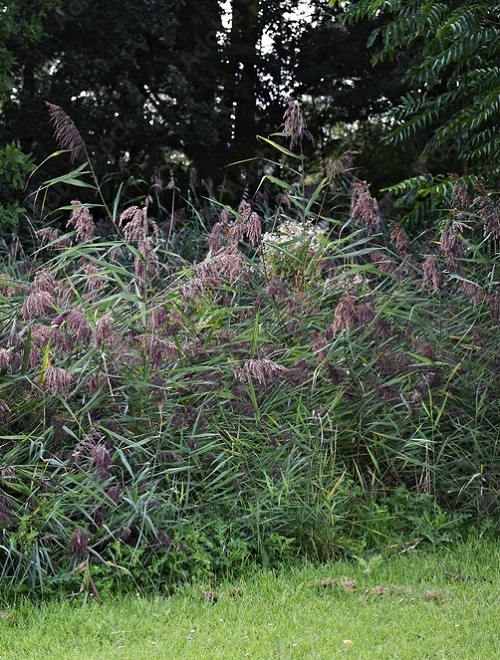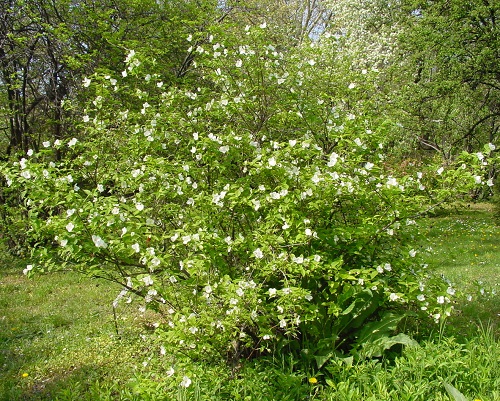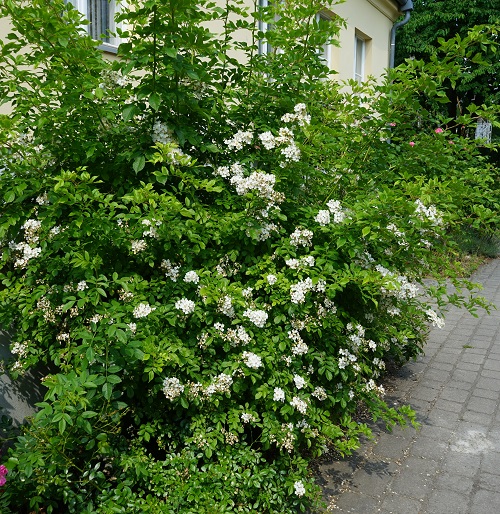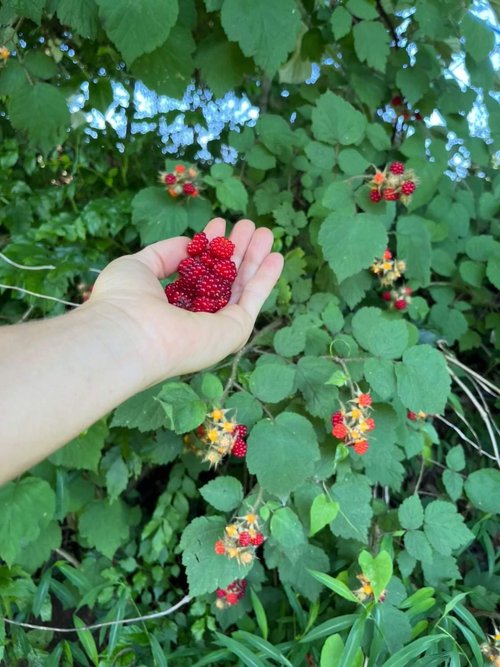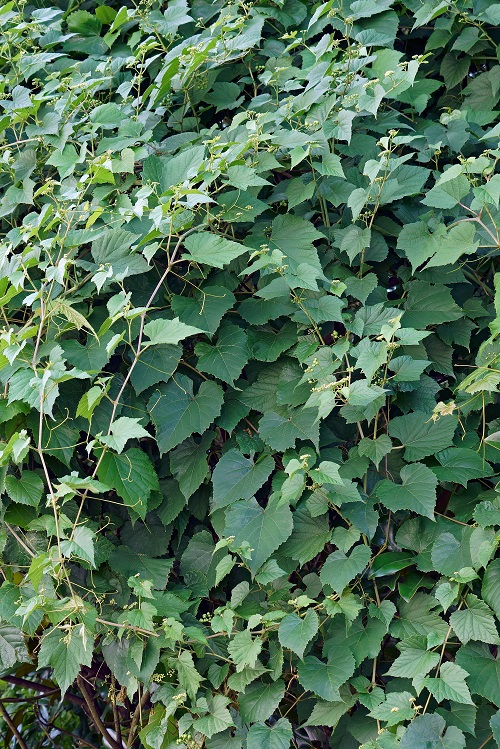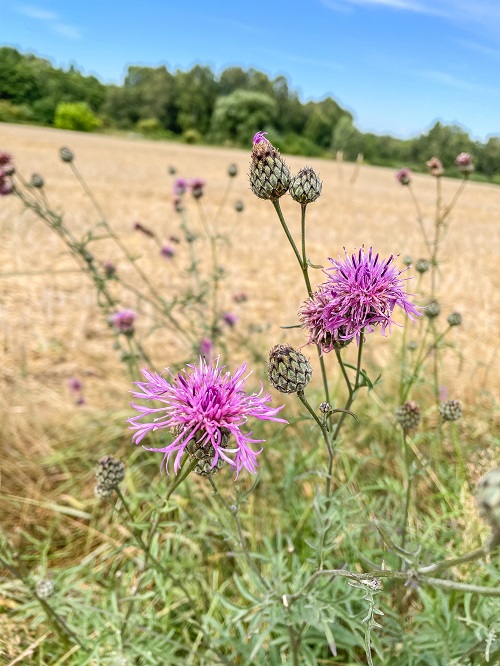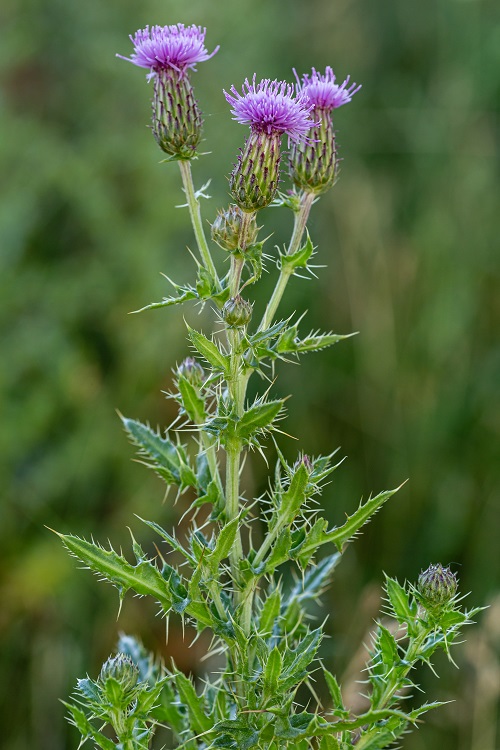In this article, we delve into the details of some of the most concerning Invasive Plant Species in New York, grouped by the level of threat they pose.
Invasive Plant Species in New York pose a significant ecological challenge. These non-native plants disrupt local ecosystems, outcompete native species, and threaten biodiversity.
Check out 13 Most Invasive Plants here
Invasive Plant Species in New York – Very High Threat
1. Norway Maple
Botanical Name: Acer platanoides
Despite its aesthetic appeal, the Norway Maple is one of the most Invasive Plant Species in New York. Its dense canopy stifles sunlight, creating a barrier for native species to thrive underneath.
2. Tree of Heaven
Botanical Name: Ailanthus altissima
The Tree of Heaven is an ecological imposter, rapidly overshadowing native plants and disrupting habitats. Its prolific root system secretes chemicals that inhibit the growth of neighboring plants, rendering the surrounding area inhospitable.
3. Garlic Mustard
Botanical Name: Alliaria petiolata
This Invasive Plant Species in New York has the ability to thrive in various conditions has led to its aggressive spread across woodlands and forest floors. It suppresses the growth of native wildflowers, altering the forest’s composition.
4. Japanese Angelica Tree
Botanical Name: Aralia elata
The Japanese Angelica Tree forms dense thickets, replacing native vegetation. Its towering height shades out native plants, stunting their growth and creating conditions unsuitable for regeneration.
5. Japanese Barberry
Botanical Name: Berberis thunbergii
Known for its vibrant red berries, the Japanese Barberry is a voracious invader of forest undergrowth. It displaces native plants, and its berries spread through bird dispersal, further contributing to its aggressive colonization.
Check How to Control Invasive Plants here
6. Asian Bittersweet
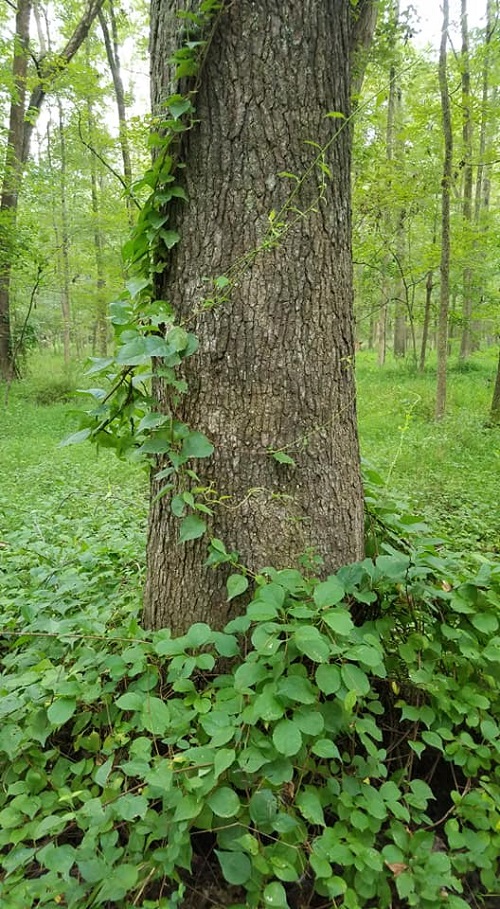
Botanical Name: Celastrus orbiculatus
This Invasive Plant Species in New York is a climbing vine that strangles trees and shrubs as it reaches for sunlight. It intertwines with native vegetation, compromising their growth and altering the structure of native ecosystems.
7. Autumn Olive
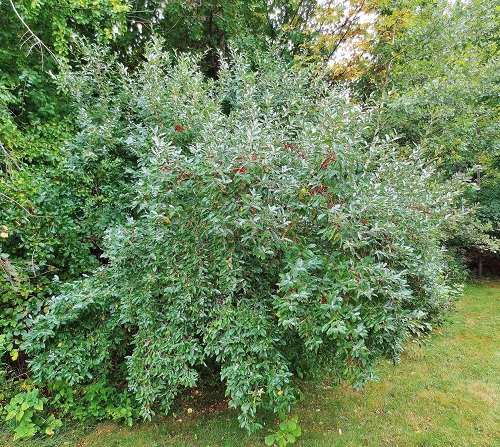
Botanical Name: Elaeagnus umbellata
Though its berries are favored by birds, the Autumn Olive’s rapid growth threatens native species. It establishes dense thickets, outcompeting native plants and compromising the integrity of local ecosystems.
8. Burning Bush
Botanical Name: Euonymus alatus
The Burning Bush’s fiery red foliage has unfortunately masked its invasive nature. Its prolific seed production leads to a rapid spread, displacing native plants and altering forest understories.
9. Japanese Knotweed
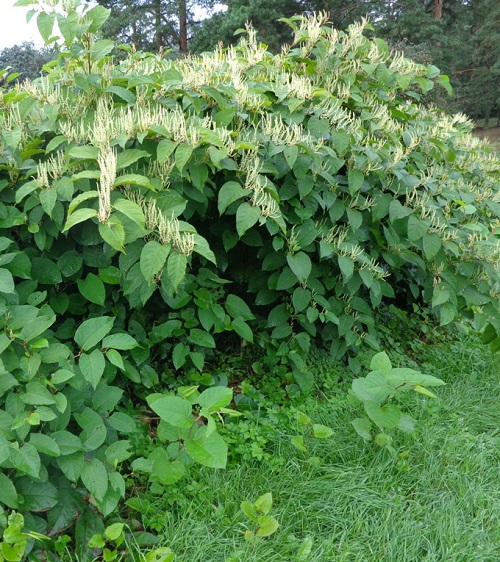
Botanical Name: Fallopia japonica
Renowned for its tenacity, this Invasive Plant Species in New York forms dense stands that crowd out native vegetation. Its strong root system undermines infrastructure, contributing to soil erosion and destabilization.
10. Japanese Honeysuckle and Bush Honeysuckle
Botanical Name: Lonicera japonica/ Lonicera maackii
These Invasive Plant Species in New York blanket the landscape, climbing over native plants and depriving them of sunlight. Their aggressive growth disrupts forest ecosystems, which is why they are quite notorious.
Check the Best Medicinal Herbs You Must Have in Your Plant Collection here
11. Purple Loosestrife
Botanical Name: Lythrum salicaria
Once charming, the Purple Loosestrife has become a wetland bully. The striking purple spikes of this Invasive Plant Species in New York obscure native species, disrupting wetland habitats and reducing biodiversity.
12. Japanese Stiltgrass
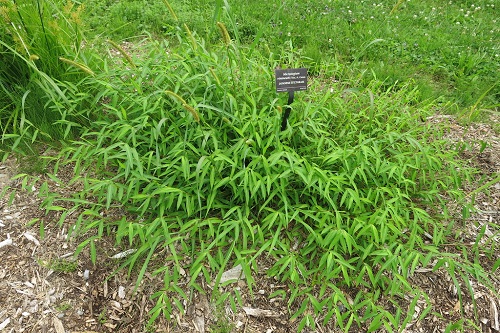
Botanical Name: Microstegium vimineum
This grass has stealthily invaded forest floors, carpeting the ground and smothering native plants. Its aggressive spread has altered forest understories and compromised native plant regeneration.
13. Chinese Silvergrass
Botanical Name: Miscanthus sinensis
Although visually appealing, the Chinese Silvergrass forms dense stands that overshadow native plants. Its ability to thrive in diverse conditions contributes to its invasive spread.
14. Mile-a-Minute

Botanical Name: Persicaria perfoliata
This aptly named vine spreads rapidly, blanketing vegetation and smothering native plants in its path. Its hooked thorns aid its climb, contributing to its aggressive colonization.
15. Common Reed Grass
Botanical Name: Phragmites australis
Towering over wetlands, this Invasive Plant Species in New York forms monocultures that replace diverse native vegetation. Its rapid spread compromises the integrity of vital wetland ecosystems.
Check Weeds with Blue Flowers here
16. Lesser Celandine

Botanical Name: Ranunculus ficaria
Though charming, the Lesser Celandine is a formidable invader, rapidly blanketing woodland floors. Its early growth crowds out native spring ephemerals, disrupting their life cycle.
17. Jetbead
Botanical Name: Rhodotypos scandens
The Jetbead, though not the highest threat, has found its way into woodlands and wetlands, altering the structure and composition of these ecosystems.
18. Multiflora Rose
Botanical Name: Rosa multiflora
Armed with thorns and rapid growth, this Invasive Plant Species in New York forms impenetrable thickets that overtake native plants. Its invasive nature disrupts habitats and alters the landscape.
19. Wineberry
Botanical Name: Rubus phoenicolasius
With its delectable berries, the Wineberry outcompetes native vegetation, creating dense thickets that compromise local biodiversity.
Explore Best Bamboo for a Hedge + How to Maintain it
20. Pale Swallow-Wort
This vine’s ability to establish itself even in less disturbed habitats poses a threat to native plants, as it forms dense mats that smother them.
Invasive Plant Species in New York – High Threat
21. Porcelain Berry
Botanical Name: Ampelopsis glandulosa
While not at the very top of the threat scale, this Invasive Plant Species in New York has earned itself a high score. Its vigorous growth smothers native vegetation, impacting ecosystems.
22. Spotted Knapweed
Botanical Name: Centaurea maculosa
Though not the most threatening, the Spotted Knapweed aggressively invades meadows and grasslands, compromising native plant diversity.
23. Canada or Creeping Thistle
Botanical Name: Cirsium arvense
This thistle, though rated lower than the highest threats, still poses a significant concern, establishing itself in pastures and open areas.
Discover Homemade and Natural Weed Killer Recipes here
Frequently Asked Questions
1. What are invasive plant species?
Invasive plant species are non-native plants that aggressively spread and establish themselves in new environments, often outcompeting native flora. Their unchecked growth disrupts ecosystem dynamics and can have adverse effects on local biodiversity.
2. How are threat levels determined for invasive plants?
Threat levels are determined through a comprehensive assessment that considers factors such as growth rate, ability to displace native plants, impact on habitat structure, and the potential to disrupt natural processes. These assessments help prioritize management strategies.
3. What impact do invasive plants have on native ecosystems?
Invasive plants disrupt native ecosystems by outcompeting native plants for resources, altering habitat structure, and affecting wildlife that relies on native plants for food and shelter. This disruption can lead to reduced biodiversity and negatively impact ecosystem health.
4. Why are very high-threat species a concern?
Very high-threat species have the potential to cause significant harm to native ecosystems due to their rapid spread and aggressive nature. They can outcompete and displace native plants, disrupting the balance of local habitats.
5. How do invasive plants spread?
Invasive plants spread through various mechanisms, including wind-dispersed seeds, animal-mediated dispersal, water transport, and human activities. Their ability to colonize new areas rapidly contributes to their invasive behavior.
Check Common Flowers that are Poisonous here
6. What are the consequences of invasive plant species for human health and economy?
Invasive plant species can impact human health by causing allergies and skin irritations. Economically, they can increase management costs for landowners, agricultural producers, and local governments, as well as affect property values.
7. How can individuals help combat the spread of invasive plants?
Individuals can play a vital role by avoiding the purchase and cultivation of invasive plants, using native plants in landscaping, and participating in community-based invasive species removal efforts. Educating others about invasive plants is also important.
8. What are the key steps in managing invasive plant species?
Effective management involves early detection, prevention, eradication, and restoration of affected areas. Strategies include manual removal, herbicide application, and promoting the growth of native vegetation to outcompete invasives.
9. Are there regulations in place to control the spread of invasive plants?
New York has regulations prohibiting the sale, transport, and cultivation of certain invasive plant species. These regulations aim to prevent their introduction and spread within the state.

